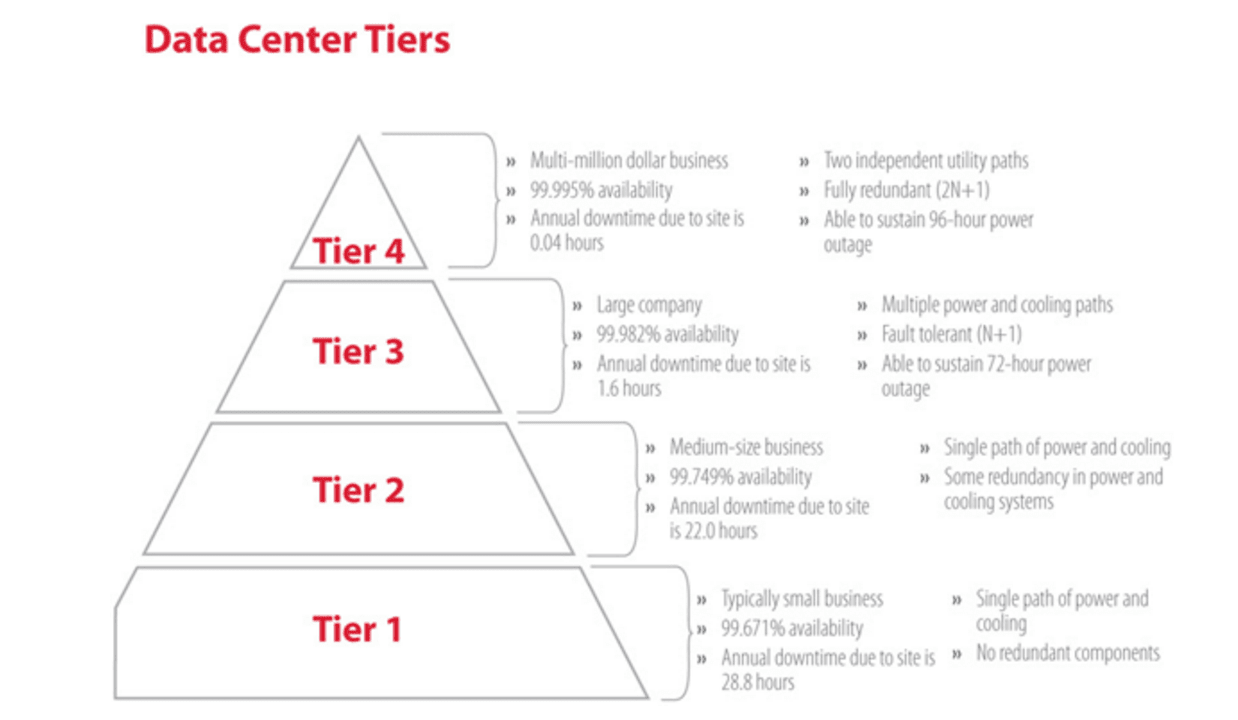Investigating the Interplay Between Business Redundancy and Business Flexibility for Future Growth
In the dynamic landscape these days's service world, the detailed connection in between firm redundancy and organizational adaptability emerges as a critical variable for sustained growth and success. Firms typically face the challenge of striking a fragile equilibrium between maintaining a level of redundancy to alleviate risks and fostering adaptability to react promptly to the ever-evolving market needs. This delicate interplay holds the vital to not only making it through in unstable times yet also flourishing when faced with unpredictability. As we check out the diverse measurements of this interplay, intriguing understandings into how companies browse these complexities to lead the way for future growth wait for.
Relevance of Business Redundancy
Company redundancy is a vital aspect that boosts organizational resilience and mitigates functional risks. By incorporating redundancy steps within the organizational framework, business can much better stand up to unexpected disturbances and variations in the organization setting. Redundancy offers as a calculated barrier, enabling firms to adapt and react successfully to unforeseen challenges without compromising vital procedures.
One trick element of the significance of business redundancy is its role in ensuring connection throughout times of crisis. When confronted with sudden adjustments or emergencies, redundant systems, sources, or personnel can tip in to keep vital features and prevent widespread disturbances. This continuity not only safeguards the firm's track record and client trust fund however likewise reduces monetary losses and functional downtime.

Methods for Organizational Flexibility

Producing versatile business structures that allow for fast modifications to market characteristics and customer demands is necessary for remaining affordable in a rapidly advancing environment. By proactively recognizing possible disruptions and chances, organizations can proactively thrive and adjust in an ever-changing organization landscape.
Balancing Redundancy and Versatility
Achieving an unified balance between operational redundancy and business flexibility is vital in navigating the complexities of a vibrant company atmosphere. Striking the right equilibrium between redundancy and flexibility is a delicate procedure that calls for a deep understanding of the organization's goals, market characteristics, and risk resistance.
To attain this balance, business require to perform regular analyses of their procedures to recognize areas where redundancy is essential for risk reduction and where flexibility can drive advancement and growth. Executing flexible structures, cultivating a culture of continuous understanding and enhancement, and urging open communication throughout all degrees of the company are crucial approaches to integrate redundancy and adaptability efficiently. By aligning why not find out more these 2 vital aspects, firms can position themselves for lasting development and success in an ever-changing organization landscape.
Instance Studies on Adaptation Success
In analyzing instances of effective business adjustment, it comes to be obvious that the interaction in between operational redundancy and adaptability is a defining consider shaping resilient services. One engaging situation research is that of Netflix. Originally a DVD rental solution, Netflix showed impressive versatility by transitioning into a streaming platform when digitalization interfered with the industry. By strategically investing in innovation and material creation, Netflix not just made it through yet flourished in a quickly developing market. One more standout instance is Amazon. Starting as an online book shop, Amazon continually adjusted its organization version, increasing into varied fields such as cloud computer and artificial knowledge. This versatility permitted Amazon to stay in advance of competitors and fulfill transforming consumer demands. Last but not least, Adobe gives a notable picture of effective adaptation. The company shifted from offering software program licenses to a subscription-based version, making sure reoccuring earnings streams and improved consumer involvement. These study underscore the relevance of functional redundancy coupled with organizational flexibility in promoting long-term growth and competition.
Building Durability for Future Growth
Building resilience for future growth needs a tactical positioning of operational procedures with market dynamics and emerging trends. Companies have to adjust to transforming environments by promoting a culture of flexibility, development, and continuous enhancement.
Moreover, fostering strong connections with stakeholders, such as customers, workers, distributors, and the neighborhood, is vital for maintaining and weathering unpredictabilities depend on and support throughout rough times. Efficient interaction and transparency play an important function in structure resilience, as they continue reading this aid promote and align expectations collaboration in browsing uncertainties.
Moreover, organizations need to focus on discovering and advancement efforts to upskill employees and outfit them with the necessary tools to adapt to changing situations. By purchasing their workforce, companies can boost their adaptability and agility, ultimately enhancing their resilience for lasting future growth.
Final Thought

In the dynamic landscape of today's company world, the elaborate connection in between company redundancy and organizational adaptability arises as an important element for continual development and success. Companies commonly deal with the challenge of striking a delicate balance between maintaining a level of redundancy to minimize threats and fostering adaptability to react promptly to the ever-evolving market needs.To accomplish this balance, companies require to perform routine assessments of their procedures to recognize areas where redundancy is needed for threat reduction and where flexibility can drive innovation and development.In verdict, the interaction between business redundancy hop over to here and business flexibility is important for future development. Building durability with a combination of redundancy and flexibility will make certain that firms are prepared for the difficulties of the future.